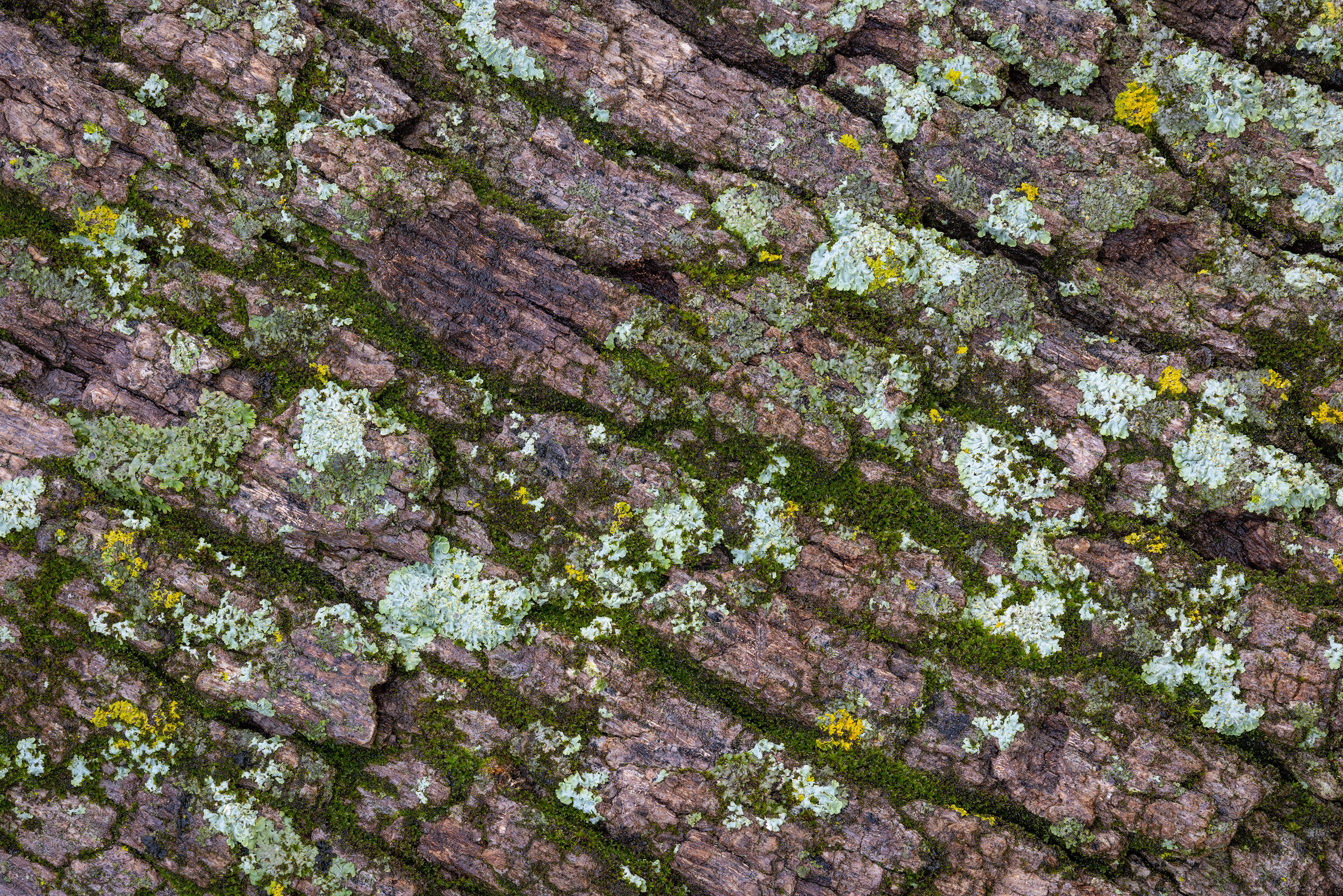On the day I took the photo above, we were out on an expansive salt flat in Death Valley National Park in the late afternoon. The playa is ringed by the Panamint Mountains to the west, the Funeral Mountains to the east, and the Grapevine Mountains to the north, making it a visually dynamic landscape with many different composition options. Despite many previous visits to this spot, I had never noticed the small, light-colored hill among the darker Funeral Mountains until a bit of dappled light perfectly illuminated it that day. Now, every time we drive along the highway between Furnace Creek and Stovepipe Wells, I gaze in its direction with more familiarity and appreciation, always wanting to know more about the geologic history that brought it into existence.
When we headed out onto the salt flats that afternoon, I had no plan in mind for what I would photograph, and I certainly did not expect my favorite photo from the outing to be of a little hill I had never noticed before. This is how I approach nearly all of my photography sessions: As I move through the landscape, I observe what is around me, from the grand scenes to the smaller details. When something resonates, it is a sign that what I am seeing might make a good photo subject. This feeling of resonance takes many different forms: curiosity, noticing beauty, seeing visually appealing patterns or structure, wanting to explore a detail with more attention, coming across something weird or mysterious, or connecting with compelling colors. I can visit the same place on different days and what resonates will sometimes be the same as what has resonated in the past, but will often be different. The sparks of inspiration and connection shift because both of us, me and the place, have changed.
Read More








